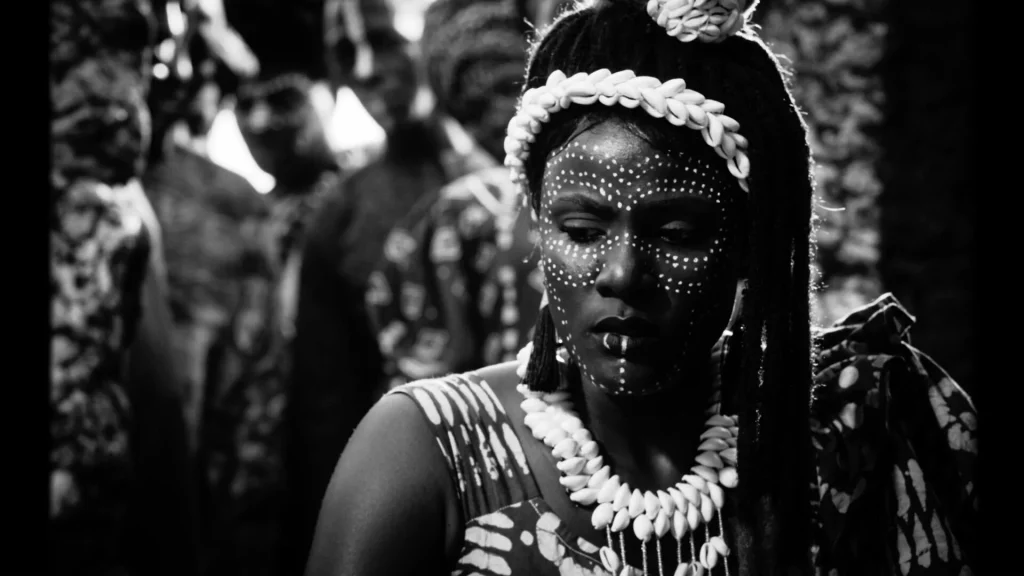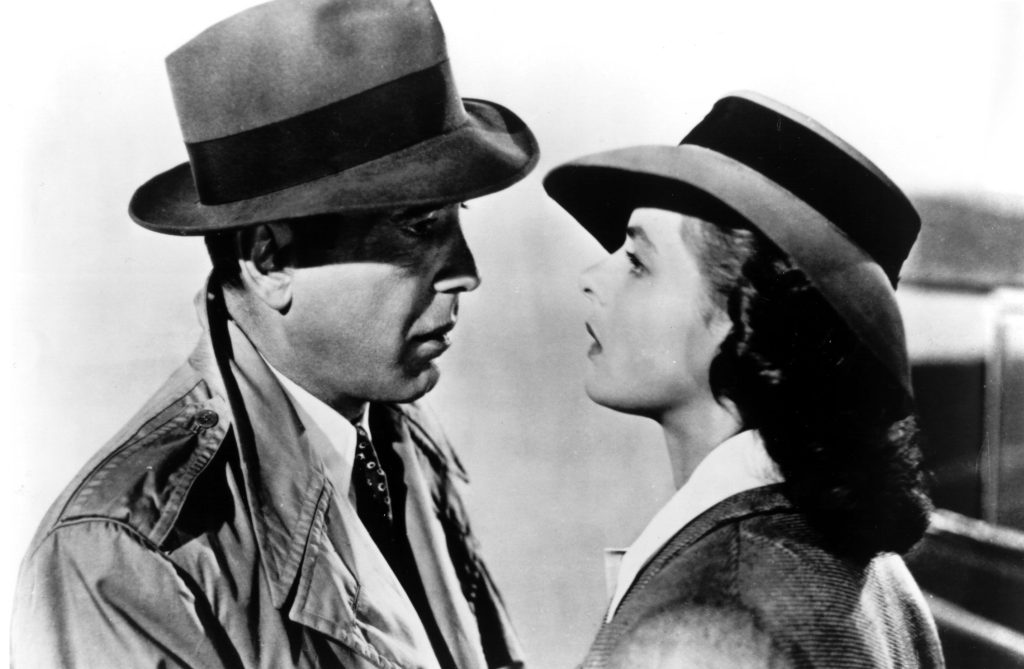Black and white cinema holds a special place in the history of filmmaking. Emerging in the late 19th century, it remained the primary format for decades before the advent of color technology. Despite this evolution, black and white films continue to captivate audiences with their aesthetic depth, dramatic intensity, and unique atmosphere, offering a visual storytelling style that color cannot replicate.

One of the defining characteristics of black and white cinema is its use of light and shadow. Filmmakers mastered high-contrast lighting techniques to create depth, enhance facial expressions, and evoke strong emotions. This was particularly evident in German Expressionist films like The Cabinet of Dr. Caligari (1920) and Nosferatu (1922), where shadows played an active role in storytelling, heightening suspense and psychological tension.
Black and white cinema is also synonymous with Hollywood’s Golden Age. Iconic films such as Casablanca (1942), Citizen Kane (1941), and Rome, Open City (1945) not only defined classic storytelling but also demonstrated that monochrome visuals could convey profound emotions and intricate themes. The lack of color focused the audience’s attention on composition, performance, and cinematography.
Despite advances in technology, many contemporary filmmakers continue to embrace black and white. Films like Schindler’s List (1993), The Artist (2011), and Roma (2018) prove that monochrome can be a powerful artistic choice. It often enhances period authenticity, heightens dramatic impact, and allows filmmakers to emphasize texture and contrast in ways that color sometimes obscures.

Digital technology has also played a role in reviving black and white aesthetics. Some directors use it for specific scenes, while others create entire films in the style of classic cinema. A notable example is Mad Max: Fury Road – Black & Chrome (2016), where the black and white version added a new layer of intensity and visual strength to an already stunning film.
Ultimately, black and white cinema is not a relic of the past but a timeless artistic medium. It continues to inspire directors and audiences worldwide, proving that true cinematic artistry is not about color but about vision, storytelling, and the emotions that images can evoke.
